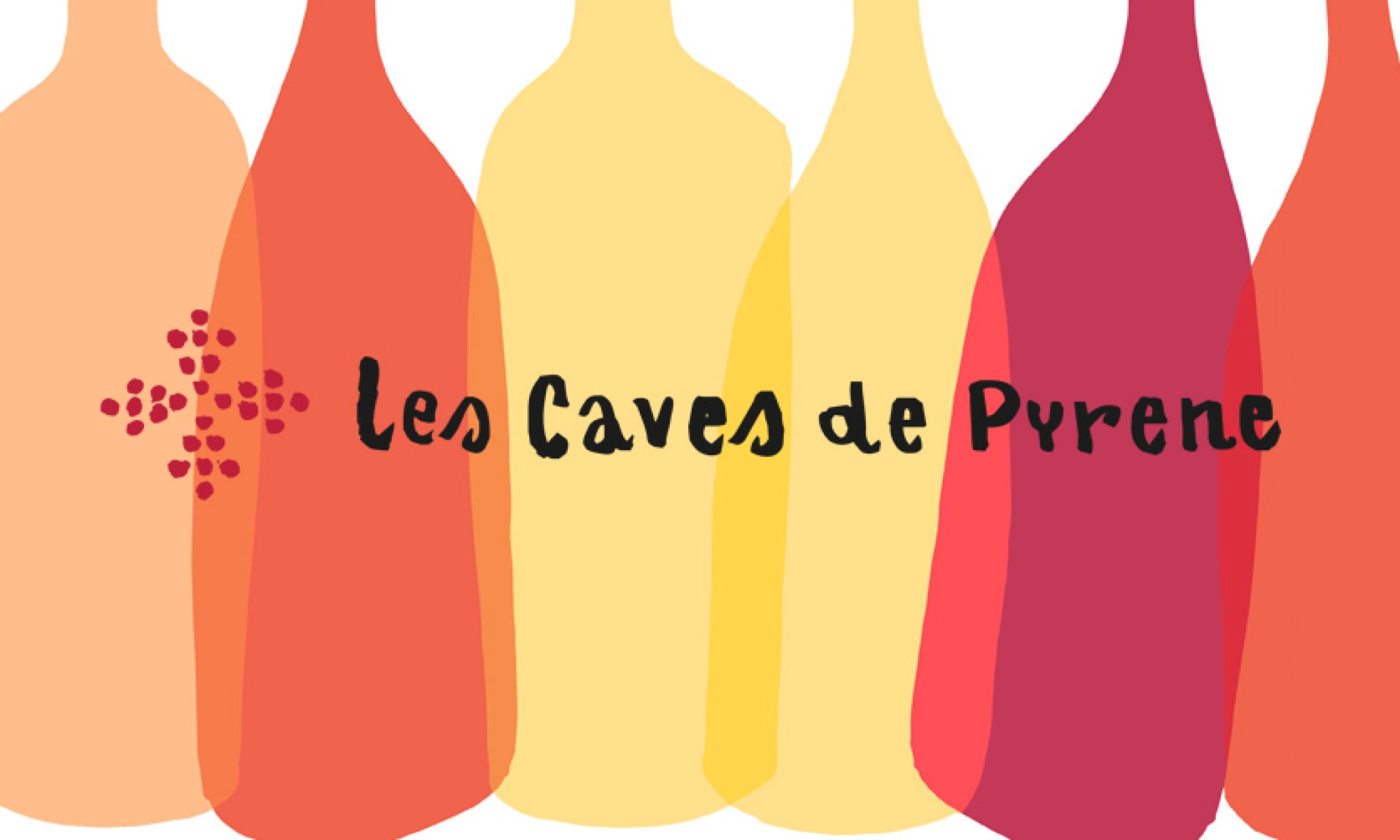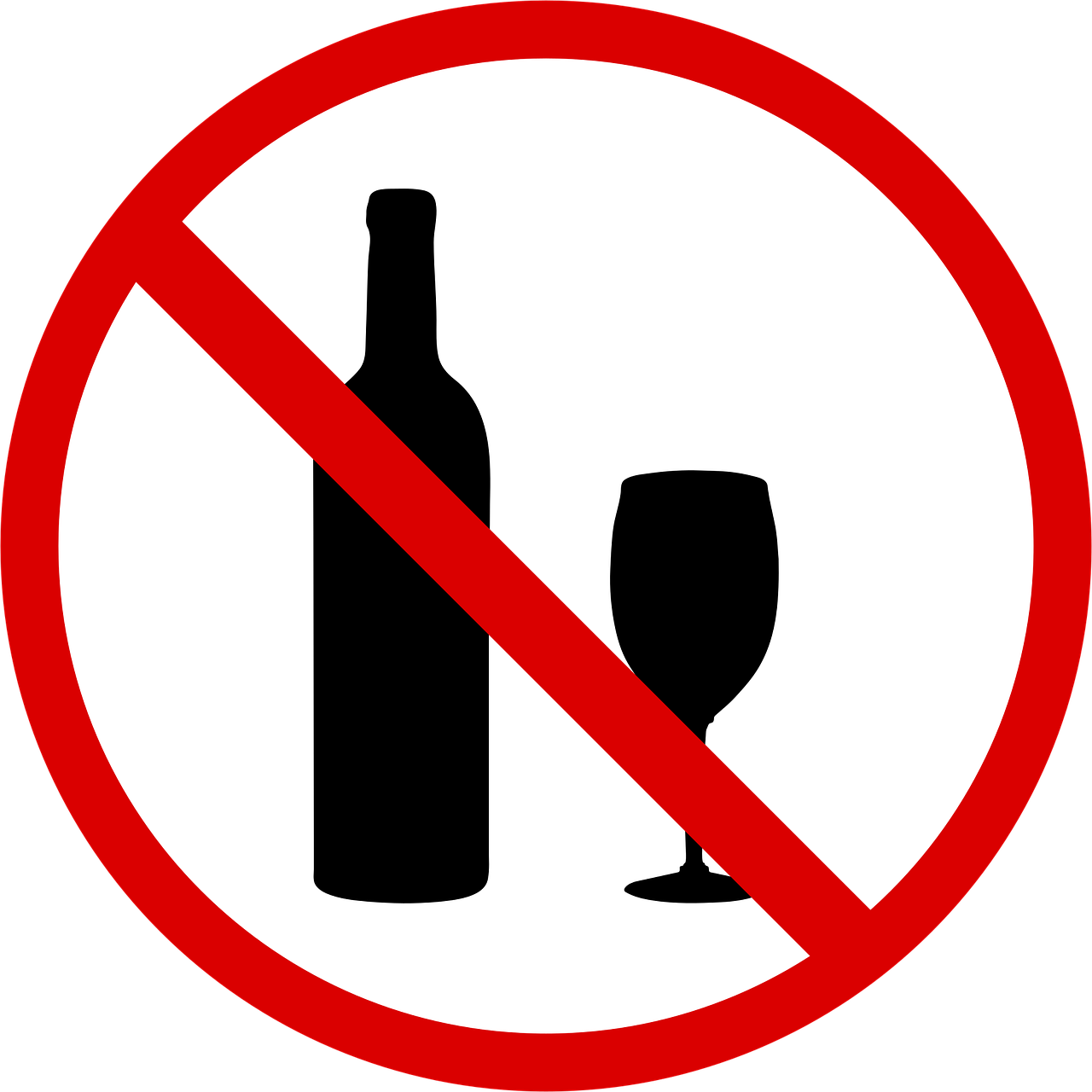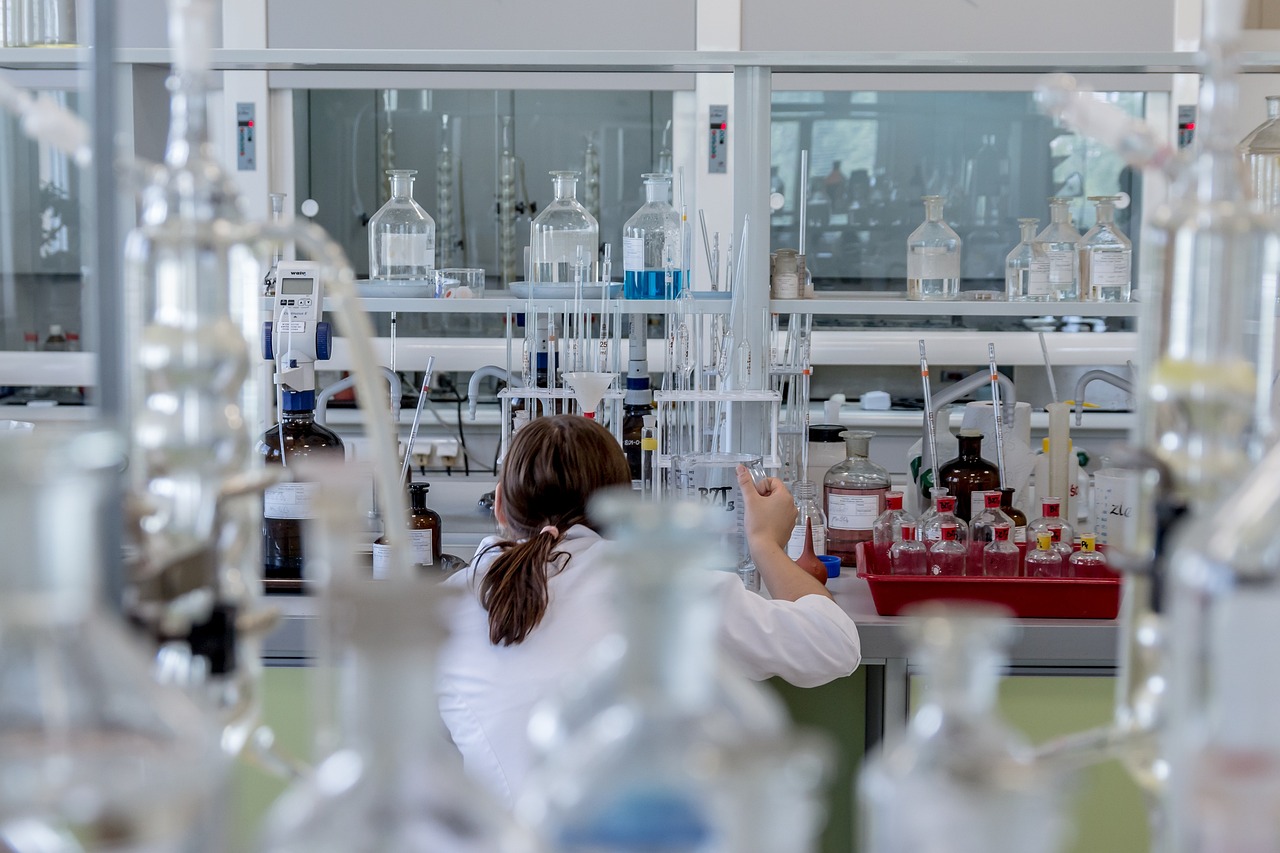Other zero abv drinks may apply
The demand for low/zero alcoholic drinks has increased steadily over the last two decades. The primary motivation is driven by health concerns related to overconsumption. There are various alternatives to wine that don’t pretend to be wine – and that is fine – but there is also a lot of research going into making wine without alcohol. What’s the secret? Is there one?
Is there a reverse philosopher’s stone, a substance that can transmute fine wine into its base alcohol-free alter ego?
The presence of alcohol directly impacts our tasting experience. Removing it affects the wine’s taste, aroma, and mouthfeel. With alcohol being the most abundant, there are more than a thousand volatile compounds in wine. At higher concentrations (in wine) alcohol may give the simultaneous impressions of sweetness and bitterness. In the mouth, its heat can be detected on the tongue (and in the nose) even in lower levels and contribute to the liquid’s overall mouthfeel.
We equate the degree of alcohol present with the so-called body of the wine. Research shows a relation between physical measures of wine viscosity and density, and alcohol content, but there are also other factors involved in what constitutes the perceived body of a wine.
De-alcoholisation is an avowedly manipulative process
Reducing the alcohol content in wine is not as simple as diluting it with water, although there are numerous instances of winemakers adding water to wine to bring it down to an acceptable level. The most common practices are post-fermentation and consist of removing alcohol from a finished wine either through a membrane or by distillation. The challenge for these techniques is to precisely remove the tiny alcohol molecules and nothing else. But aromatic compounds and water are often extracted as well.
But the common effects of alcohol reduction in wine are:
Decrease in overall persistence in the mouth, as well as heat sensation, texture, sweetness, complexity of aromatics.
The concept of de-alcoholisation, an awkward-sounding word in itself, is one of removing or inhibiting. What it leaves is a body without a spirit (literally). Alcohol is the fire in wine and spreads its sensations throughout your being, building flavours and textures. Its headiness conveys a multitude of aromas to our nasal membranes and from there by various pathways to the part of our brains that process information and deal with memories and associations and stimulate pleasure receptors.
Wine is a unique drink, the complex result of innumerable farming and winemaking decisions with an element of chance thrown in (the nature of the vintage or the way the ferment goes). Natural and low-intervention wines are less processed (albeit the juice is transformed into wine), whereas denatured, mass-produced wines are made to a formula and intended to be consistent products. Winemaking thus involves a spectrum of approaches and consequent outcomes, rather than a simple either/or.
De-alcoholisation, however, is an avowedly manipulative process. The key concept here to removing alcohol from wine is that ethanol has a lower boiling point (78°C) than water. So if you heat up the liquid, there will come a point when the alcohol evaporates off, leaving behind a 0% abv drink.
Simply boiling the wine won’t work in itself as the volatile flavour compounds that give wine its taste will be removed. Other methods are normally used, most notably, ‘reverse osmosis’ – the technique of forcing the wine through a membrane at pressure, to separate the (larger) flavour molecules from the smaller water and alcohol ones.
Reverse osmosis is utilised for small decreases in abv. Vacuum distillation (where the boiling points are notably lower than classic distillation) is the approved technique to reach low-to zero-alcohol levels.
Heating wine under pressure at lower temperatures (often known as spinning cone technology) allows for a precise and relatively gentle way of splitting the drink into three elements: the alcohols, the flavour compounds, and water. These are collected separately. The alcohol is sold off and the other two elements blended back together.
De-alcoholisation is more a matter of copying the basic flavours of what we call wine and is based on the very idea of stripping away a vital component of the wine that will leave it “hollowed out” and replacing it with compensating flavour.
There is one more final stage to go through first – and that is ‘rebalancing’. As mentioned, alcohol is an integral component of the wine, transporting flavour and providing mouthfeel.
To compensate for this absence, oenologists often add small amounts of flavouring and/or some of the original must (grape juice pre-fermentation). These can help to put back missing flavour compounds and ‘fatten out’ the palate with a little natural sweetness.
But every winery will have a different strategy.
Does it work? The proof is in the drinking.
When the aim of the exercise is to produce a wine without alcohol, the process will replace the natural transformations which occur when wine is made. Many vignerons work diligently to grow the best-quality grapes and as sensitively as possible to ensure that the ultimate wine will typically express its origin of microclimate and soil, as well as the nature of the vintage. Vignerons intend their wines to have a unique signature. De-alcoholisation is more a matter of copying the basic flavours of what we call wine and is based on the very idea of stripping away a vital component of the wine that will leave it “hollowed out” and replacing it with compensating flavour.
Scientists will no doubt produce more ingenious technological solutions to rebalance that which is lost when alcohol is removed, but the fundamental question remains: if you love the taste of real wine, why would you bother with a processed copy, no matter how artfully (scientifically) achieved? The way wine is made is what makes it “wine”, by remaking it, it cannot claim to be anything other than a pale shadow.
None of this is to gainsay non-alcoholic drinks that are made with organic products and by natural fermentation processes. Rather than taking a wine and denaturing it further, a more interesting approach is to create drinks that in terms of sensation and mouthfeel do not leave you wanting a wine. But that is another story.
Let us finally not forget the other essential functions of wine. Great wine (however we define it) can evoke a profound aesthetic response in the taster. Alcohol is the catalyst here. And, more fundamentally, wine is intoxicating. Here, alcohol is essential!



